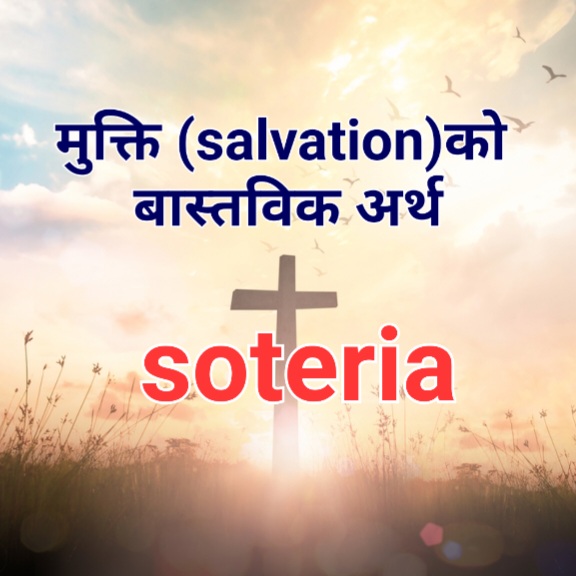- · Church as the temple than the community of believers:Nepali Hindus have a special meaning of certain places. There are holy mountains, temples, rivers and certain locations considered more sacred than others. Nepali Christians who are converted from their Hindu- Buddhist and folk practices, consider church is a certain holy place. For the believers consist of the people who visit the holy site, the church. These concepts are seen when Nepali Christians consider the construction of the church building is one of the righteous works they can do as believers. Positively speaking the church building functions as a binding force of believers. They are identified as the goer of the church at a certain place.
- · Fasting Prayer- There are many days of fasting in traditional Nepali practices. Women take baths and refrain from taking any meals for the day. Many holidays are dedicated to such religiosity. Nepali people, especially the women, when they become Christians, they find their former practices resonating with the practices in the Bible, especially, fasting and prayer of Jesus. In Nepali churches, the first day of the month according to the Nepali calendar is the day dedicated to the women’s fasting and prayer. Fasting and Prayer is found in the Bible and is a Christian practice, but it resonates well to Nepali traditional practice. Therefore, they are willing and happy to participate in such events such as fasting. It is very common to find a pastor who has completed 40days of fasting, as Jesus did after His Baptism.
- · Carol singing vs. Deusi Bhailo of Tihar festival:Carol Singing is a Christian tradition which is not practiced much in the western Christian communities. However, Nepali Christian cherish it very much and it’s a must-do activity of churches during the Christmas seasons. During the Nepali traditional festival Tihar (Deepawali), Nepali people visit each people’s house and sing deusi songs. Some people identify the carol singing as Christian Deusi and Bhailo.
- · Christmas vs. Dashain as Bada din: Among, Nepali traditional festivals, Dashain is the most important. They call it bada- Dashain, or the great Dashain or festival. Nepali Christians also call Christmas their bada-din or the great day. They do not hesitate to tell their non-Christian neighbors, as it is their Dashain. Dashain represents a happy time for Nepali society. Nepali Christians do not participate in the traditional Dashain festival rather they fulfill their desire to do so by considering Christmas as their Dashain.
- · Jaimashi- the Christian greetings. Jaimashi or Jaymashi which literally means victory of Jesus, and it is an indigenous Nepali Christian greeting which was created to distinguish Christians from whole Nepali population. However, though they seek to separate themselves from their traditional beliefs by the use of Jaimashi instead of Namaste or Namaskar, the traditional Nepali greeting, considered having Hindu beliefs in them, Nepali Christians join their two hands in front of them to pronounce greeting to their counterparts. The posture of joining hands are kept while the words of greetings are changed.
While Nepali Christians seek to create their identity by creating a contrast between their practices and the traditional practices, they do retain some elements that are similar to their traditional practices. The contextualization of Christian belief is inevitable in Nepal.
-Pabitra Mani Bhandari




















